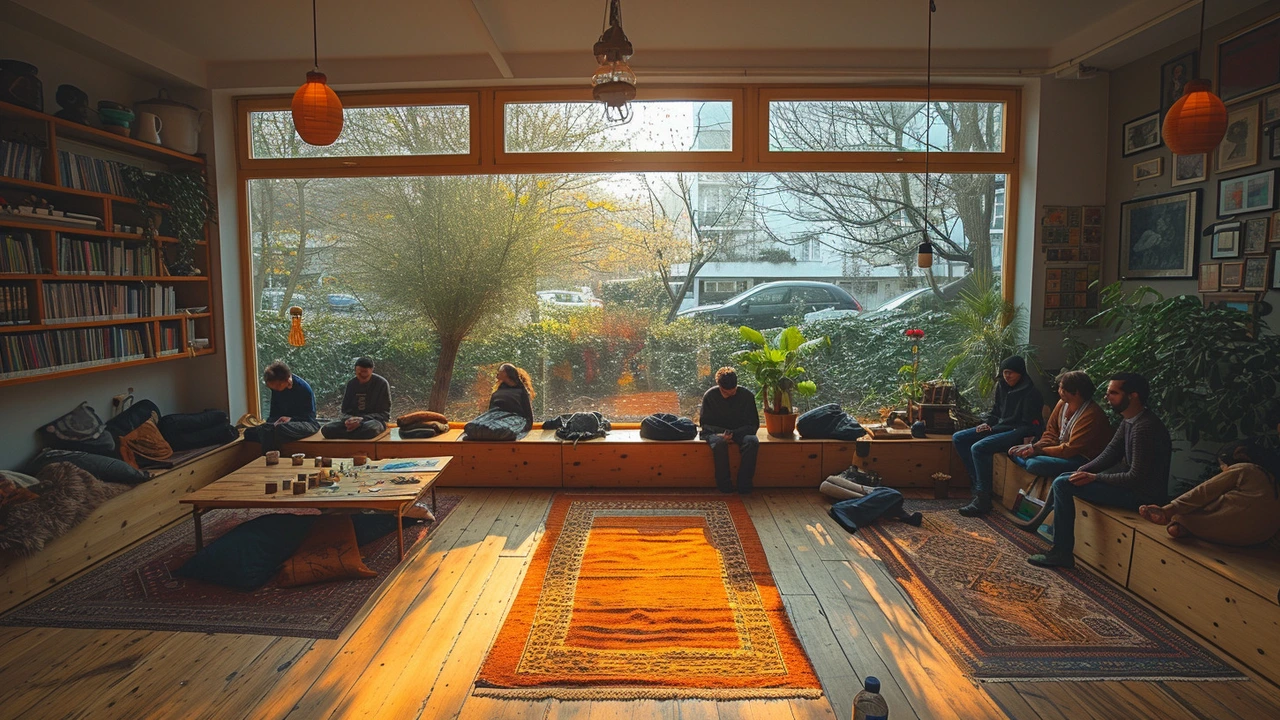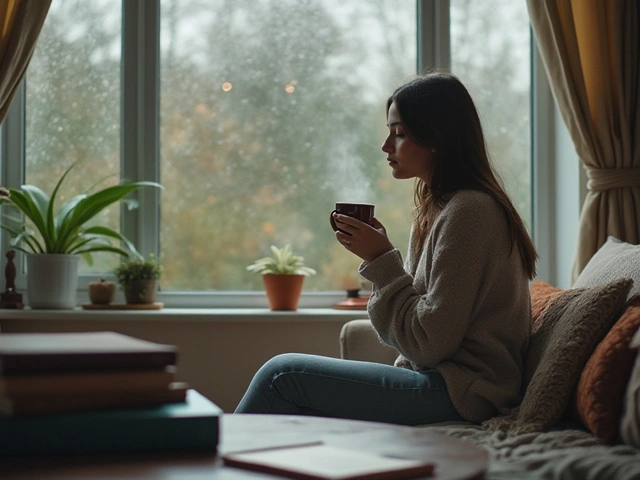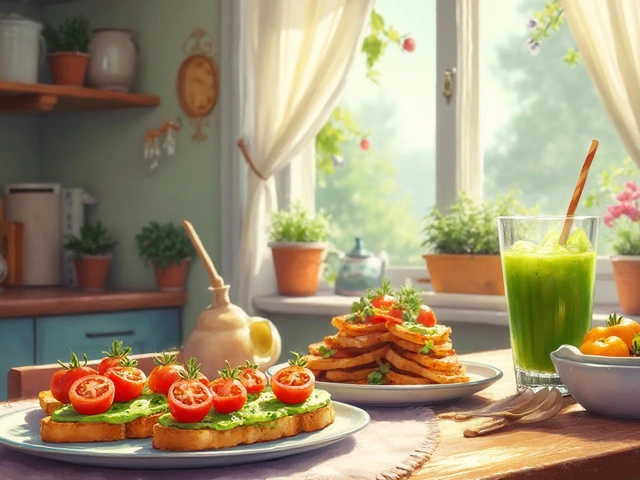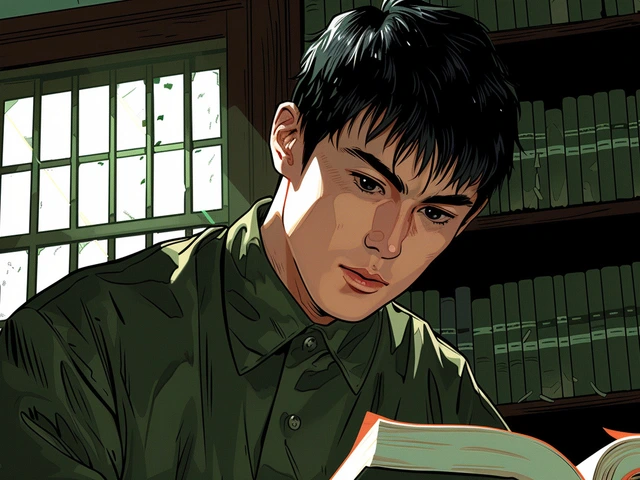Unlocking the Mind through Creative Arts Therapies: A Scientific Approach
Success in the arts isn't solely about using the heart and the imagination. Believe it or not, there's a whole lot of science involved in our creative processes too. You may have already heard about creative arts therapies, but do you know how they work? Is it the genius brush-strokes of an artist at work or the brain responding to stimuli in a new way? Well, let's dive headfirst into the mysterious crossroads of science and art to discover what really happens!
As a little girl growing up in sunny Perth, Australia, my very first introduction to the world of art was through my father. He was a part-time painter and full-time dreamer. I remember him saying that art was healing, that it could transform darkness into a rainbow of colours. That's why I tried to understand this incredible therapy. And guess what? Dad was right. We're not just getting in touch with our expressive side when we create art; we're tapping into a scientific process that profoundly impacts the human mind and body. Exciting, right? But how exactly does this work? Let's get cracking.
How Our Brains Respond to Art: The Science of Creative Expression
Okay, hold on to your paintbrushes, guys! The human brain is possibly the most complex machine nature has ever built. When we engage in creative arts, we trigger multiple regions in our brain. Cool maximalist decor, huh? Particularly, the frontal lobe processes information we receive, helps us make decisions, and executes actions. It changes gears when we paint a Picasso-inspired portrait or dance to Elvis's Jailhouse Rock. This activities amplify connections between brain cells, enabling us to better assimilate and process information. Curious about how your brain performs this symphony? Well, let's just say, it's neural magic!
Creating or even appreciating art involves crucial cognitive processes. Feelings of accomplishment or self-expression during art creation can elevate serotonin or endorphin levels in the body. These are called, in scientific lingo, 'happy chemicals'. They act as natural painkillers and mood enhancers, making us feel, dare I say it, on top of the world! Not bad for a spot of creativity, eh?
Exploring Different Creative Arts Therapies: An Orchestra of Healing
Art therapy isn't limited to paper and paints. It's a universe in itself with a rainbow of variations. Think of it as a therapy buffet! You can express yourself through painting, sculpting, dancing, music, or any other artistic endeavour. By venturing into different artistic therapies, we expose our brain to diverse experiences, leading to enhanced cognitive plasticity and emotional resilience.
As a youth, I was a tad bit on the shy side, find it hard to believe? It's true! That's why I took refuge in dance classes. Oh, the joy of expressing with my body, the stories that my words couldn't. Amazingly, science backs up the therapeutic benefits of dance therapy too. According to studies, moving rhythmically can stimulate the release of oxytocin, a hormone associated with social bonding and trust. Plus, it's a fun way to keep fit. Win-win, right?
The Impact of Creative Arts Therapies: When Science Validates Art
So, you've got an idea of the complex scientific processes underpinning art therapies. But how does this help your everyday life? Put simply, it changes you for the better. Whether it's learning a musical instrument or crafting a clay sculpture, taking up a creative activity has been shown to lower stress levels, improve mental health, and enhance cognitive abilities. As Picasso once said, "Art washes away from the soul the dust of everyday life," and it seems that science heartily agrees!
In fact, a 2012 review in The American Journal of Public Health compiled scores of scientific studies that showed exactly how art therapy can positively influence adults and children alike. It's not just about creating beautiful art; it's about creating a more healthy and vibrant you.
Your Personal Creative Journey: The Brave New World of Art Therapy
Okay, I've spilled the beans on the science behind art therapies. It's quite a journey, isn't it? But remember, the most vital part in this journey is you. Embrace art in its myriad forms, and let your mind collaborate with your heart. It's quite the teamwork!
You can start sketching or strumming a guitar, and soon enough, you might find that the benefits of creative therapies seep into other aspects of your life. As for me, dance therapy not only boosted my self-confidence but allowed me to discover my passion for writing and sharing my experiences. So, go ahead, let your creativity flow as freely as the Swan River and immerse yourself in the life-enhancing world of creative arts therapies. And remember, it's not only about creating wonders on a canvas or an instrument, but also creating wonders within yourself.






